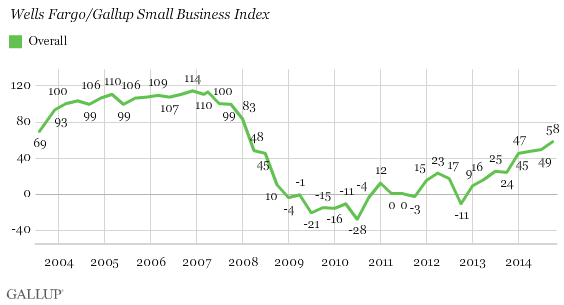Atlas Obscura is asking the public to help with a project that some might call “punny.” Yes, they are crowd-sourcing with the intent of putting together a map of the country’s businesses that utilize word play, or puns, in their monikers.
For instance, anyone familiar with the comedy television series “Friends” has heard of the much-visited neighborhood coffee house “Central Perk.” And there are probably quite a number of cafes called “Bean There, Done That.”
This project is requesting the public to send in real businesses with pun names, whether good or bad. The folks at Atlas Obscura will rank them from best to worst, and will follow trends in playful names. They will then put together an interactive map of imagined literary road trips.
To participate follow the link and fill out the form before September 7. Have a great time with this pun project!


